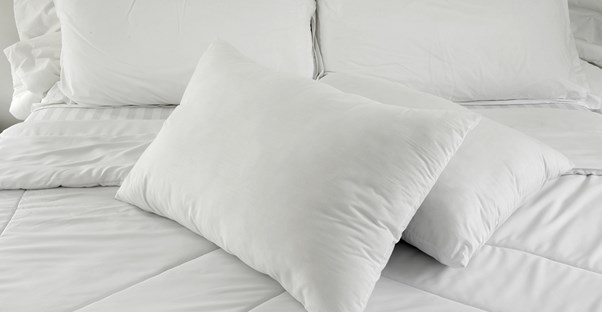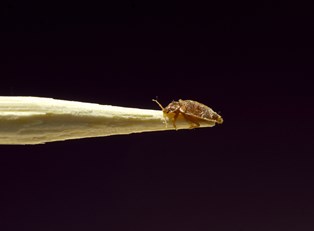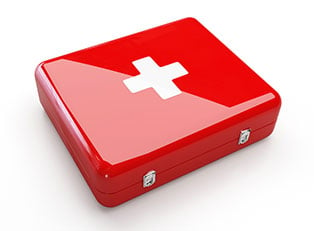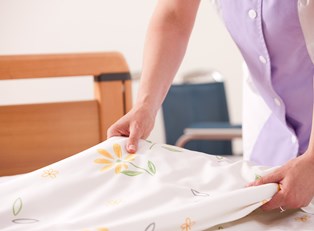Bed bugs are a concern for every traveler. They are microscopic so you often can't even tell they’re there until the infestation has already happened. When you’re staying away from home it is important to make sure you take all precautions to avoid coming in contact with bed bugs and bringing them to your home. Here are some tips and tricks to help you protect, prevent, and prepare for bed bugs in your own home.
Mattresses and Bed Bugs
The type of mattress you own will not protect you from bed bugs. They don't cling to one mattress over another and there aren't any mattresses that repel them. Memory foam mattresses are better for people with allergies because they hold fewer dust mites and other allergens, but they are not better for bed bugs. A mattress cover with a zipper will help protect your mattress from bed bugs, but they can still cling to the mattress cover. A mattress cover will be easier to throw away than an entire mattress, however.
Bedding and Bed Bugs
There is not one specific type of bedding that is better to prevent bed bugs. The best thing you can do is add in a zippered mattress cover to keep your mattress protected. To make fighting a bed bug infestation easier, buy bedding that can be washed in the washing machine on hot water. This way you won’t need to throw away your sheets, and it will be less of a hassle to clean.
Bed Frames and Bed Bugs
Since bed bugs are flat-bodied they can hide in very small places. If you have a bed frame with intricate detailing, you will have a harder time removing a bed bug infestation. To reduce hassle in case of a future infestation, choose a bed frame with as few cracks and crevices as possible. Simply caulk the cracks and spaces in your bed frame so bed bugs have fewer places to hide if you would like to use your existing frame.
Limit Potential Exposure
The best thing you can do to protect your home from bed bugs is to avoid them at other locations. Unless you bring the bed bugs home from somewhere else then you won't need to worry about an infestation. This is the only way to truly prevent bed bugs from invading your home.
When you’re staying in a hotel, keep your luggage in the bathroom until you determine if your room is bed bug-free. To make sure your bed is free of bed bugs, pull back the linens. Check all the way around and under the mattress and behind the headboard. Look for blood stains or small black dots that look like mold or ground pepper. These are signs of bed bugs. Even if you see no signs of bed bugs, err on the side of caution. Place your luggage on a dresser or tabletop instead of the floor or spare bed.
Bed Bug Extermination Cost
If you do get bed bugs, getting rid of them can be quite costly. While you can do this yourself by looking for the signs above, you can also request pest control to look. Some may do this for free while others charge between $50 to $200, depending on your home. Treatment is extensive since bed bugs are very resilient, and “extensive” means “expensive.”
Pest control companies will often charge $250 to $900 – again, depending on your home. After all is said and done, you can expect the cost to $1,000 minimum for small apartments and around $10,000 for large homes with sizable rooms.
You can also get DIY extermination kits like aerosols, dusts, and liquids. These can cost between $50 to $200. These are cheaper, but not always ideal. The aerosols and “bombs” don’t typically kill bed bugs, and the survivors will scatter around your home. It’s best to hire a professional to get rid of them effectively.
(Figures from costhelper.)




